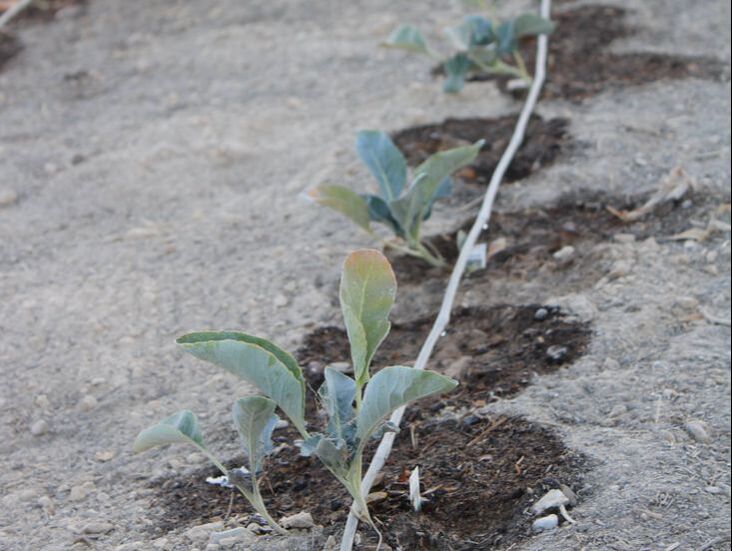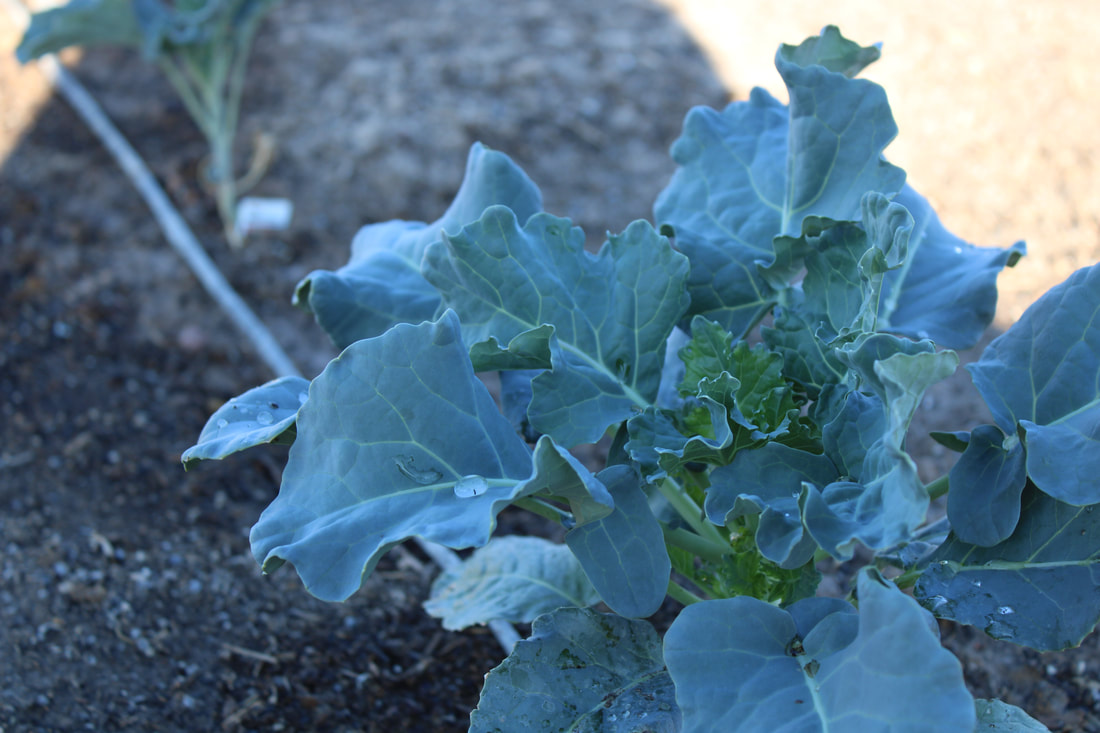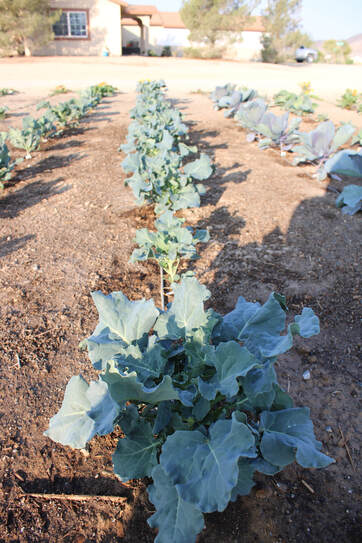Last year, I was defeated by aphids. Lost the battle... I hate them! I told my husband that I will not grow any leafy greens or anything from the brassica family. BUT I decided I give myself one more chance! So here we go!
I am more careful this year! Here is the article from "The Old Farmer's Almanac" on how to grow Broccoli!
PLANTING: WHEN TO PLANT BROCCOLI
HARVEST/STORAGEHOW TO HARVEST BROCCOLI
I am more careful this year! Here is the article from "The Old Farmer's Almanac" on how to grow Broccoli!
PLANTING: WHEN TO PLANT BROCCOLI
- Broccoli is cool-season crop, so it should be planted in early spring or mid- to late summer for the best results. High mid-summer temperatures will stunt its growth, so the goal is to get broccoli to mature before or after high temperatures are expected.
- Broccoli seeds are capable of germinating in soil temperatures as low as 40°F (4°C), but warmer soil is preferred and will greatly speed up development.
- For fall plantings (best in warm climates), sow seeds outdoors 85 to 100 days before the first fall frost, when soil and ambient temperatures are high. Or, start seeds in late May.
- Broccoli requires a site with exposure to full sun (6 to 8 hours per day). Lack of sunlight may produce thin, leggy plants and subpar heads.
- Plant in a bed of moist, fertile soil that drains well.
- Soil pH should be slightly acidic, between 6.0 and 7.0.
- To increase fertility before you plant, in early spring, work in 2 to 4 inches of rich compost or a thin layer of manure.
- If starting outdoors, sow seeds ½ inch deep and 3 inches apart. Once seedlings reach a height of 2 to 3 inches, thin them so that plants are 12 to 20 inches apart.
- Space rows of broccoli 3 feet apart. (Closer spacing yields smaller main heads but more secondary heads.)
- Water well.
- Plants thrive outdoors in 65°F to 70°F (18° to 21°C) conditions.
- Fertilize broccoli three weeks after transplanting seedlings into the garden. Use a low-nitrogen fertilizer.
- Thin when plants reach 2 to 3 inches tall.
- Provide consistent soil moisture with regular watering, especially in drought conditions. Water at least 1 to 1 ½ inches per week.
- Do not get developing broccoli heads wet when watering, as it can encourage rot.
- Roots are very shallow, so try not to disturb the plants. Suffocate weeds with mulch.
- Mulch will also help to keep soil temperatures down.
- Use row covers to minimize pests.
- To promote the growth of a second head after the first has been harvested, maintain an active feeding and watering schedule.
- If bottom, then top, leaves turn yellow, add blood meal.
- Aphids: Curling leaves may mean that the plant’s sap is being sucked by insects. Apply soapy water to all sides of leaves whenever you see aphids.
- Cabbage loopers: Small holes on the leaves between the veins mean small green caterpillars are present. Look at the undersides of the leaves. Hand pick if the problem is small or control with Bacillus thuringiensis, a natural, bacterial pesticide. Use a floating row cover just after planting through harvest to prevent caterpillars.
- Cabbageworms and other worm pests: Treat same as loopers.
- Clubroot: Quickly wilting plants may be due to this fungus in the soil. The entire plant, including all roots and root tendrils, must be gently dug up and removed. If the roots are gnarled and misshapen, then clubroot is the problem. Act quickly to remove the plants so that the fungus doesn’t continue to live in the soil. Do not compost the plants. Raise the pH of your soil to above 7.2. You may need to sterilize your soil, too.
- Downy Mildew: Yellow patches on leaves are usually caused by moist weather. Keep leaves as dry as possible with good air circulation. Buy resistant varieties.
- White rust
- Whiteflies
- Nitrogen deficiency: If the bottom leaves turn yellow and the problem continues toward the top of the plant, the plants need a high nitrogen (but low phosphorus) fertilizer or blood meal. Blood meal is a quick nitrogen fix for yellowing leaves.
HARVEST/STORAGEHOW TO HARVEST BROCCOLI
- Harvest broccoli in the morning, when the buds of the head are firm and tight, just before the heads flower.
- If you do see yellow petals, harvest immediately, as the quality will decrease rapidly.
- Cut heads from the plant, taking at least 6 inches of stem. Make a slanted cut on the stalk to allow water to slide away.
- Most varieties have side-shoots that will continue to develop after the main head is harvested. You can harvest from one plant for many weeks, in some cases, from spring to fall, if your summer isn’t too hot.
|
9/18/2020 Since I procrastinated, wondering if I wanted to grow broccoli or not, I ran into a problem. It was impossible to find seeds! I was lucky enough to find seedlings at the local nursery! This is day 1. This type is supposed to take 80 days to mature! I am expecting to harvest around 12/7/2020! Let's see if I get it right this year!
|
10/13/2020 They are growing so fast!
|
© Paperstacks, LLC All rights reserved.
Poof Dirt Farms: 2471 Gally Rd. Pahrump, NV
Phone: 702-412-6397 Email: poofdirtfarming@gmail.com
Phone: 702-412-6397 Email: poofdirtfarming@gmail.com







